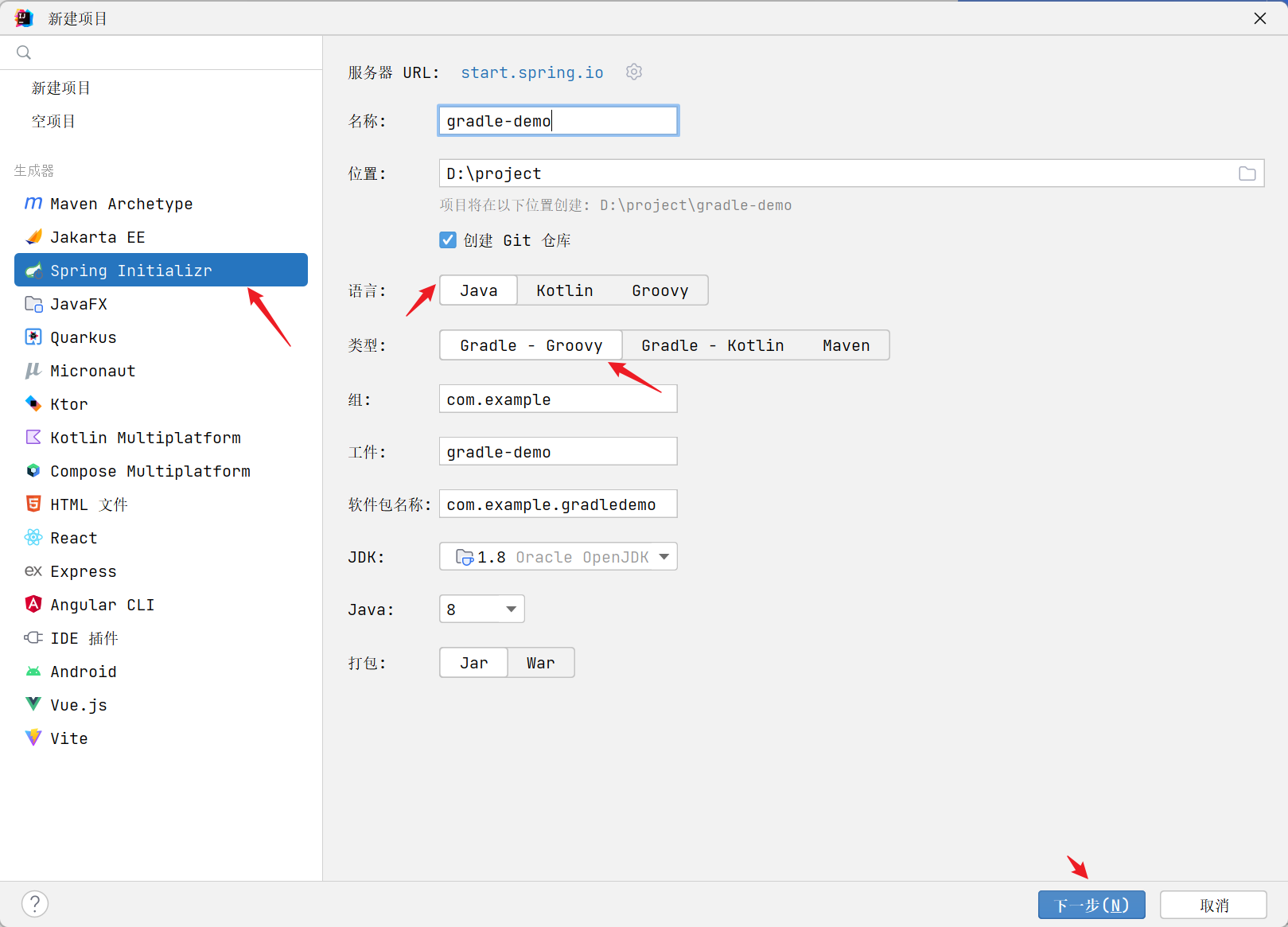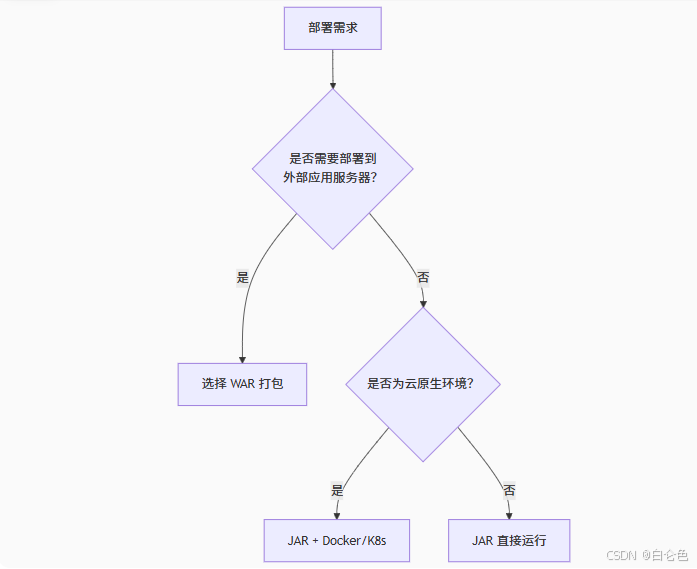1
2
3
4
5
6
7
8
9
10
11
12
13
14
15
16
17
18
19
20
21
22
23
24
25
26
27
28
29
30
31
32
33
34
35
36
37
38
39
40
41
42
43
44
45
46
47
48
49
50
51
52
53
54
55
56
57
58
59
60
61
62
63
64
65
66
67
68
69
70
71
72
73
74
75
76
77
78
79
80
81
82
83
84
85
86
87
88
89
90
91
92
93
94
95
96
97
98
99
100
101
102
103
104
105
106
107
108
109
110
111
112
113
114
115
116
117
118
119
120
121
122
123
124
125
126
127
128
129
130
131
132
133
134
135
136
137
138
139
140
141
142
143
144
145
146
147
148
149
150
151
152
153
154
155
156
157
158
159
160
161
162
163
164
165
166
167
168
169
170
171
172
173
174
175
176
177
178
179
180
181
182
183
184
185
186
187
188
189
190
191
192
193
194
195
196
197
198
199
200
201
202
203
204
205
206
207
208
209
210
211
212
213
214
215
216
217
218
219
220
221
222
223
224
225
226
227
228
229
230
231
232
233
234
235
236
237
238
239
240
241
242
243
244
245
246
247
248
249
250
251
252
253
254
255
256
257
258
259
260
261
262
263
264
265
266
267
268
269
270
271
272
273
274
275
276
277
278
279
280
281
282
283
284
285
286
287
288
289
290
291
292
293
294
295
296
297
298
299
300
301
302
303
304
305
306
307
308
309
310
311
312
313
314
315
316
317
318
319
320
321
322
323
324
325
326
327
328
329
330
331
332
333
334
335
336
337
338
339
340
341
342
343
344
345
346
347
348
349
350
351
352
353
354
355
356
357
358
359
360
361
362
363
364
365
366
367
368
369
370
371
372
373
374
375
376
377
378
379
380
381
382
383
384
385
386
387
388
389
390
391
392
393
394
395
396
397
398
399
400
401
402
403
404
405
406
407
408
409
410
411
412
413
414
415
416
417
418
| package com.example.controller;
import com.example.common.ApiResponse;
import com.example.entity.User;
import io.swagger.v3.oas.annotations.Operation;
import io.swagger.v3.oas.annotations.Parameter;
import io.swagger.v3.oas.annotations.Parameters;
import io.swagger.v3.oas.annotations.enums.ParameterIn;
import io.swagger.v3.oas.annotations.media.Content;
import io.swagger.v3.oas.annotations.media.ExampleObject;
import io.swagger.v3.oas.annotations.media.Schema;
import io.swagger.v3.oas.annotations.responses.ApiResponses;
import io.swagger.v3.oas.annotations.responses.ApiResponse as SwaggerApiResponse;
import io.swagger.v3.oas.annotations.tags.Tag;
import jakarta.validation.Valid;
import jakarta.validation.constraints.Min;
import jakarta.validation.constraints.NotNull;
import org.springframework.http.HttpStatus;
import org.springframework.http.ResponseEntity;
import org.springframework.validation.annotation.Validated;
import org.springframework.web.bind.annotation.*;
import java.time.LocalDateTime;
import java.util.ArrayList;
import java.util.List;
import java.util.Optional;
@RestController
@RequestMapping("/users")
@Tag(name = "用户管理", description = "提供用户的增删改查功能,支持批量操作和高级查询 🎯")
@Validated
public class UserController {
private final List<User> userDatabase = new ArrayList<>();
private Long idCounter = 1L;
public UserController() {
User user1 = new User("admin", "admin@example.com");
user1.setId(idCounter++);
user1.setNickname("超级管理员");
user1.setAge(30);
user1.setGender(User.Gender.MALE);
user1.setPhone("13812345678");
User user2 = new User("alice", "alice@example.com");
user2.setId(idCounter++);
user2.setNickname("小爱同学");
user2.setAge(25);
user2.setGender(User.Gender.FEMALE);
user2.setPhone("13987654321");
userDatabase.add(user1);
userDatabase.add(user2);
}
@GetMapping
@Operation(
summary = "获取用户列表",
description = "支持分页查询和关键字搜索的用户列表接口。" +
"\n\n**功能特点:**\n" +
"- 🔍 支持用户名和昵称模糊搜索\n" +
"- 📄 支持分页查询,避免数据量过大\n" +
"- ⚡ 查询性能优化,响应速度快\n" +
"- 📊 返回总数信息,方便前端分页处理",
tags = {"用户查询"}
)
@Parameters({
@Parameter(
name = "page",
description = "页码,从1开始",
example = "1",
in = ParameterIn.QUERY,
schema = @Schema(type = "integer", minimum = "1", defaultValue = "1")
),
@Parameter(
name = "size",
description = "每页大小,最大100",
example = "10",
in = ParameterIn.QUERY,
schema = @Schema(type = "integer", minimum = "1", maximum = "100", defaultValue = "10")
),
@Parameter(
name = "keyword",
description = "搜索关键字,支持用户名和昵称模糊搜索",
example = "张三",
in = ParameterIn.QUERY,
schema = @Schema(type = "string")
)
})
@ApiResponses({
@SwaggerApiResponse(
responseCode = "200",
description = "查询成功",
content = @Content(
mediaType = "application/json",
schema = @Schema(implementation = ApiResponse.class),
examples = @ExampleObject(
name = "成功示例",
summary = "查询成功的响应示例",
value = """
{
"code": 200,
"message": "查询成功",
"data": {
"list": [
{
"id": 1,
"username": "admin",
"nickname": "超级管理员",
"email": "admin@example.com",
"age": 30,
"gender": "MALE",
"status": "ACTIVE",
"createTime": "2024-01-01 12:00:00"
}
],
"total": 1,
"page": 1,
"size": 10
},
"timestamp": "2024-01-01 12:00:00"
}
"""
)
)
),
@SwaggerApiResponse(
responseCode = "400",
description = "参数错误",
content = @Content(
mediaType = "application/json",
schema = @Schema(implementation = ApiResponse.class)
)
)
})
public ResponseEntity<ApiResponse<PageResult<User>>> getUsers(
@RequestParam(defaultValue = "1") @Min(value = 1, message = "页码必须大于0") Integer page,
@RequestParam(defaultValue = "10") @Min(value = 1, message = "页大小必须大于0") Integer size,
@RequestParam(required = false) String keyword) {
List<User> filteredUsers = userDatabase;
if (keyword != null && !keyword.trim().isEmpty()) {
filteredUsers = userDatabase.stream()
.filter(user -> user.getUsername().contains(keyword) ||
(user.getNickname() != null && user.getNickname().contains(keyword)))
.toList();
}
int start = (page - 1) * size;
int end = Math.min(start + size, filteredUsers.size());
List<User> pagedUsers = filteredUsers.subList(start, end);
PageResult<User> result = new PageResult<>(pagedUsers, (long) filteredUsers.size(), page, size);
return ResponseEntity.ok(ApiResponse.success("查询成功", result));
}
@GetMapping("/{id}")
@Operation(
summary = "获取用户详情",
description = "根据用户ID获取用户的详细信息。\n\n" +
"**注意事项:**\n" +
"- 用户ID必须是有效的正整数\n" +
"- 如果用户不存在,会返回404错误\n" +
"- 返回的数据包含用户的所有可见字段",
tags = {"用户查询"}
)
@Parameter(
name = "id",
description = "用户ID",
example = "1",
required = true,
in = ParameterIn.PATH,
schema = @Schema(type = "integer", format = "int64", minimum = "1")
)
@ApiResponses({
@SwaggerApiResponse(
responseCode = "200",
description = "获取成功",
content = @Content(
mediaType = "application/json",
schema = @Schema(implementation = ApiResponse.class),
examples = @ExampleObject(
name = "用户详情",
value = """
{
"code": 200,
"message": "获取成功",
"data": {
"id": 1,
"username": "admin",
"nickname": "超级管理员",
"email": "admin@example.com",
"phone": "13812345678",
"age": 30,
"gender": "MALE",
"status": "ACTIVE",
"createTime": "2024-01-01 12:00:00",
"updateTime": "2024-01-01 12:00:00"
},
"timestamp": "2024-01-01 12:00:00"
}
"""
)
)
),
@SwaggerApiResponse(
responseCode = "404",
description = "用户不存在",
content = @Content(
mediaType = "application/json",
examples = @ExampleObject(
value = """
{
"code": 404,
"message": "用户不存在",
"data": null,
"timestamp": "2024-01-01 12:00:00"
}
"""
)
)
)
})
public ResponseEntity<ApiResponse<User>> getUserById(
@PathVariable @NotNull(message = "用户ID不能为空") Long id) {
Optional<User> userOpt = userDatabase.stream()
.filter(user -> user.getId().equals(id))
.findFirst();
if (userOpt.isPresent()) {
return ResponseEntity.ok(ApiResponse.success("获取成功", userOpt.get()));
} else {
return ResponseEntity.status(HttpStatus.NOT_FOUND)
.body(ApiResponse.notFound("用户不存在"));
}
}
@PostMapping
@Operation(
summary = "创建用户",
description = "创建一个新的用户账户。\n\n" +
"**验证规则:**\n" +
"- 用户名:3-20字符,只能包含字母、数字和下划线\n" +
"- 邮箱:必须是有效的邮箱格式\n" +
"- 手机号:符合中国大陆手机号格式\n" +
"- 年龄:1-150之间的整数\n\n" +
"**注意:**\n" +
"- 用户名和邮箱必须唯一\n" +
"- 创建成功后会自动设置为ACTIVE状态\n" +
"- 系统会自动设置创建时间和更新时间",
tags = {"用户管理"}
)
@io.swagger.v3.oas.annotations.parameters.RequestBody(
description = "用户信息",
required = true,
content = @Content(
mediaType = "application/json",
schema = @Schema(implementation = User.class),
examples = {
@ExampleObject(
name = "基础用户",
summary = "创建基础用户",
value = """
{
"username": "newuser",
"nickname": "新用户",
"email": "newuser@example.com",
"phone": "13911112222",
"age": 28,
"gender": "FEMALE"
}
"""
),
@ExampleObject(
name = "完整用户",
summary = "创建完整信息用户",
value = """
{
"username": "fulluser",
"nickname": "完整用户",
"email": "fulluser@example.com",
"phone": "13800138000",
"age": 35,
"gender": "MALE"
}
"""
)
}
)
)
@ApiResponses({
@SwaggerApiResponse(
responseCode = "201",
description = "创建成功",
content = @Content(
mediaType = "application/json",
schema = @Schema(implementation = ApiResponse.class)
)
),
@SwaggerApiResponse(
responseCode = "400",
description = "参数验证失败",
content = @Content(
mediaType = "application/json",
examples = @ExampleObject(
value = """
{
"code": 400,
"message": "用户名已存在",
"data": null,
"timestamp": "2024-01-01 12:00:00"
}
"""
)
)
)
})
public ResponseEntity<ApiResponse<User>> createUser(@Valid @RequestBody User user) {
boolean usernameExists = userDatabase.stream()
.anyMatch(u -> u.getUsername().equals(user.getUsername()));
if (usernameExists) {
return ResponseEntity.status(HttpStatus.BAD_REQUEST)
.body(ApiResponse.badRequest("用户名已存在"));
}
boolean emailExists = userDatabase.stream()
.anyMatch(u -> u.getEmail().equals(user.getEmail()));
if (emailExists) {
return ResponseEntity.status(HttpStatus.BAD_REQUEST)
.body(ApiResponse.badRequest("邮箱已存在"));
}
user.setId(idCounter++);
user.setStatus(User.UserStatus.ACTIVE);
user.setCreateTime(LocalDateTime.now());
user.setUpdateTime(LocalDateTime.now());
userDatabase.add(user);
return ResponseEntity.status(HttpStatus.CREATED)
.body(ApiResponse.success("用户创建成功", user));
}
@Schema(name = "PageResult", description = "分页查询结果")
public static class PageResult<T> {
@Schema(description = "数据列表")
private List<T> list;
@Schema(description = "总记录数", example = "100")
private Long total;
@Schema(description = "当前页码", example = "1")
private Integer page;
@Schema(description = "每页大小", example = "10")
private Integer size;
@Schema(description = "总页数", example = "10")
private Integer totalPages;
@Schema(description = "是否有下一页", example = "true")
private Boolean hasNext;
@Schema(description = "是否有上一页", example = "false")
private Boolean hasPrev;
public PageResult(List<T> list, Long total, Integer page, Integer size) {
this.list = list;
this.total = total;
this.page = page;
this.size = size;
this.totalPages = (int) Math.ceil((double) total / size);
this.hasNext = page < totalPages;
this.hasPrev = page > 1;
}
public List<T> getList() { return list; }
public Long getTotal() { return total; }
public Integer getPage() { return page; }
public Integer getSize() { return size; }
public Integer getTotalPages() { return totalPages; }
public Boolean getHasNext() { return hasNext; }
public Boolean getHasPrev() { return hasPrev; }
}
}
|




/baaa5c67e3754abe83e0bbb2f2e14c58.png)




